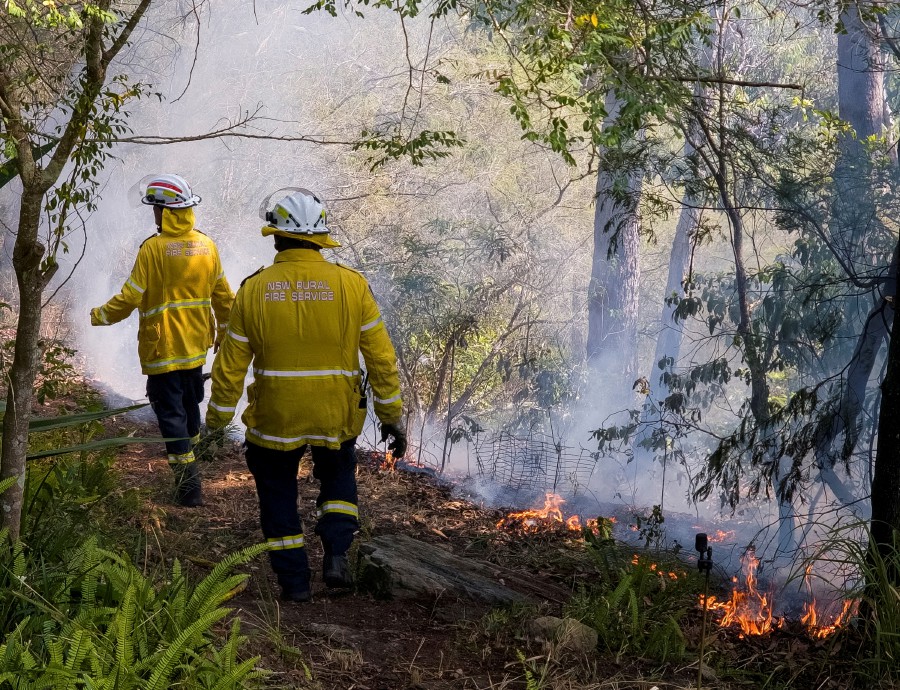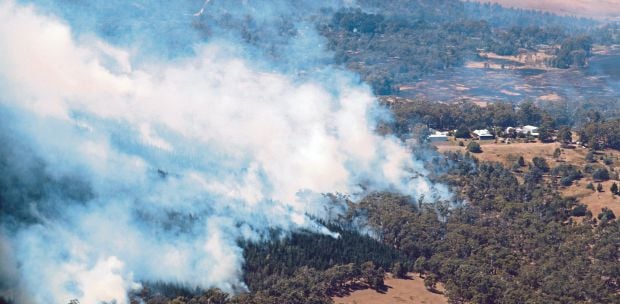SYDNEY: Firefighters are struggling to tame a five-day-old bushfire that has killed one person and consumed 32 homes in Australia's eastern state of Queensland, officials said Friday.
Bolts of so-called dry lightning – produced by thunderstorms with little rain – are complicating the task by setting off a string of fires in the state's dry bushland, the fire service said.
Fire crews were now battling about 20 bushfires across the state, said Peter Hollier, acting assistant commissioner of the Queensland Fire and Emergency Services.
One of the most intense – near Tara in the agricultural Western Downs region – had burned through more than 20,000 hectares (49,000 acres) since it erupted at the start of the week, he told public broadcaster ABC.
The Tara fire had incinerated 32 homes so far, with that number likely to climb as firefighters gained access to scorched areas of bushland, Hollier added.
About 250 people who had fled their homes spent Thursday night in council evacuation centres, officials said.
The remains of one unidentified person – believed to belong to a missing man – were found in Tara on Tuesday, Queensland police said.
Dry lightning had struck the state over the past two nights, Hollier said.
"Out of that dry lightning, we're getting new ignitions, new fires," he said, with firefighters racing to douse the outbreaks as temperatures eased after hitting 42 degrees Celsius (108 degrees Fahrenheit) mid-week.
Queensland firefighters had been faced with about 400 bushfires so far this week, Hollier said.
In the neighbouring state of New South Wales, firefighters reported about 58 fires were burning out of control.
Australia is facing its most intense bushfire season since 2019-2020, when a series of infernos raged across the eastern seaboard, razing swathes of forest, killing millions of animals and blanketing cities in noxious smoke.
In September, the national weather bureau confirmed that an El Nino weather pattern was under way, bringing soaring temperatures that risked a severe wildfire season and drought.
The El Nino phenomenon – which warms waters in the southern Pacific and stokes hotter weather beyond – is likely to contribute to 2023 becoming the hottest year on record.
Researchers have repeatedly warned that climate change amplifies the risk of natural disasters such as bushfires, floods and cyclones. -- AFP





